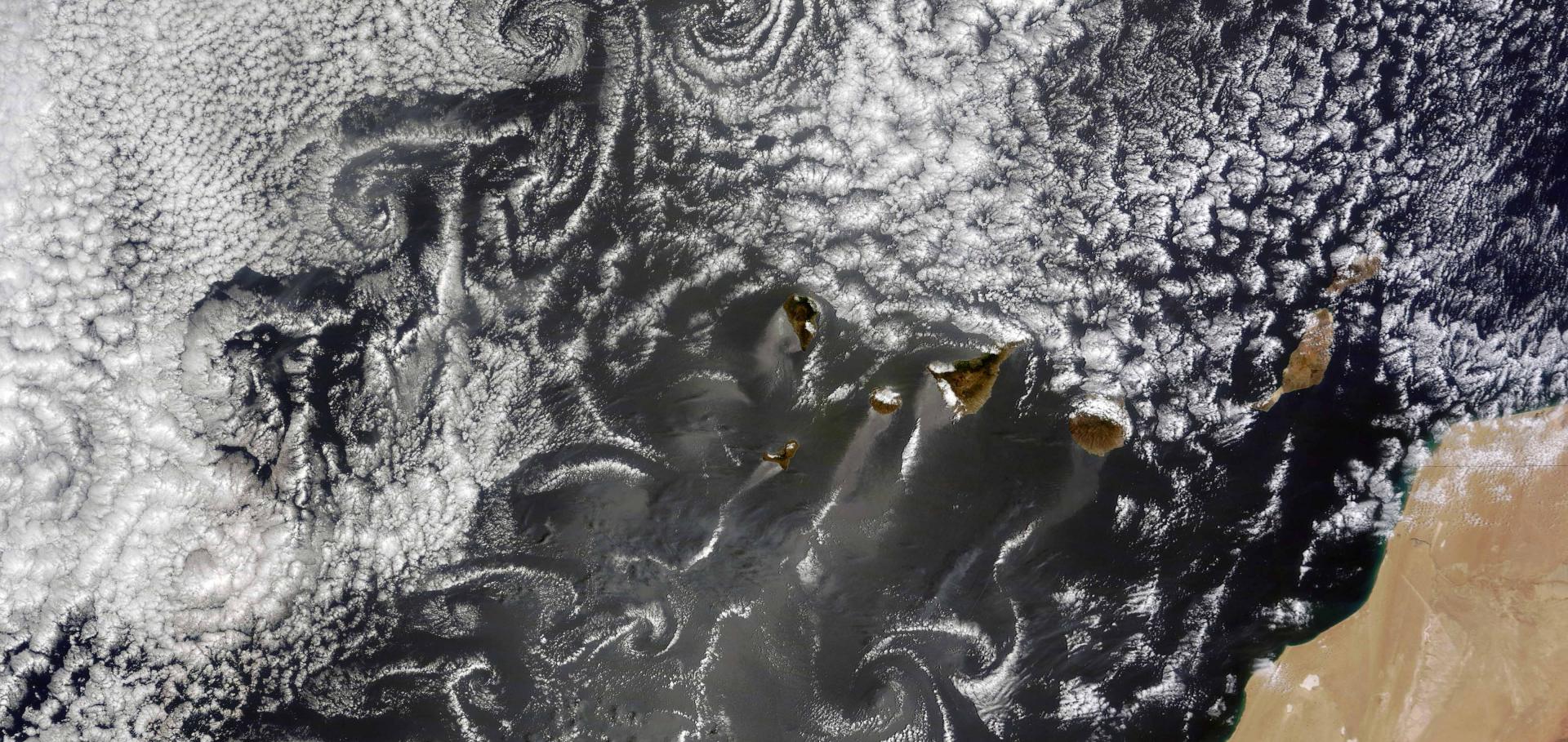Evaluating the diurnal cycle in cloud top temperature from SEVIRI
Constraining the instantaneous aerosol influence on cloud albedo
Abstract:
Much of the uncertainty in estimates of the anthropogenic forcing of climate change comes from uncertainties in the instantaneous effect of aerosols on cloud albedo, known as the Twomey effect or the radiative forcing from aerosol–cloud interactions (RFaci), a component of the total or effective radiative forcing. Because aerosols serving as cloud condensation nuclei can have a strong influence on the cloud droplet number concentration (Nd), previous studies have used the sensitivity of the Nd to aerosol properties as a constraint on the strength of the RFaci. However, recent studies have suggested that relationships between aerosol and cloud properties in the present-day climate may not be suitable for determining the sensitivity of the Nd to anthropogenic aerosol perturbations. Using an ensemble of global aerosol–climate models, this study demonstrates how joint histograms between Nd and aerosol properties can account for many of the issues raised by previous studies. It shows that if the anthropogenic contribution to the aerosol is known, the RFaci can be diagnosed to within 20% of its actual value. The accuracy of different aerosol proxies for diagnosing the RFaci is investigated, confirming that using the aerosol optical depth significantly underestimates the strength of the aerosol–cloud interactions in satellite data.The Global Aerosol Synthesis and Science Project (GASSP): measurements and modelling to reduce uncertainty
Abstract:
Novel methodologies to quantify model uncertainty are combined with an extensive new database of in-situ aerosol microphysical and chemical measurements to reduce uncertainty in aerosol effects on climate.
The largest uncertainty in the historical radiative forcing of climate is caused by changes in aerosol particles due to anthropogenic activity. Sophisticated aerosol microphysics processes have been included in many climate models in an effort to reduce the uncertainty. However, the models are very challenging to evaluate and constrain because they require extensive in-situ measurements of the particle size distribution, number concentration and chemical composition that are not available from global satellite observations. The Global Aerosol Synthesis and Science Project (GASSP) aims to improve the robustness of global aerosol models by combining new methodologies for quantifying model uncertainty, an extensive global dataset of aerosol in-situ microphysical and chemical measurements, and new ways to assess the uncertainty associated with comparing sparse point measurements with low resolution models. GASSP has assembled over 45,000 hours of measurements from ships and aircraft as well as data from over 350 ground stations. The measurements have been harmonized into a standardized format that is easily used by modellers and non-specialist users. Available measurements are extensive, but they biased to polluted regions of the northern hemisphere, leaving large pristine regions and many continental areas poorly sampled. The aerosol radiative forcing uncertainty can be reduced using a rigorous model-data synthesis approach. Nevertheless, our research highlights significant remaining challenges because of the difficulty of constraining many interwoven model uncertainties simultaneously. Although the physical realism of global aerosol models still needs to be improved, the uncertainty in aerosol radiative forcing will be reduced most effectively by systematically and rigorously constraining the models using extensive syntheses of measurements.


